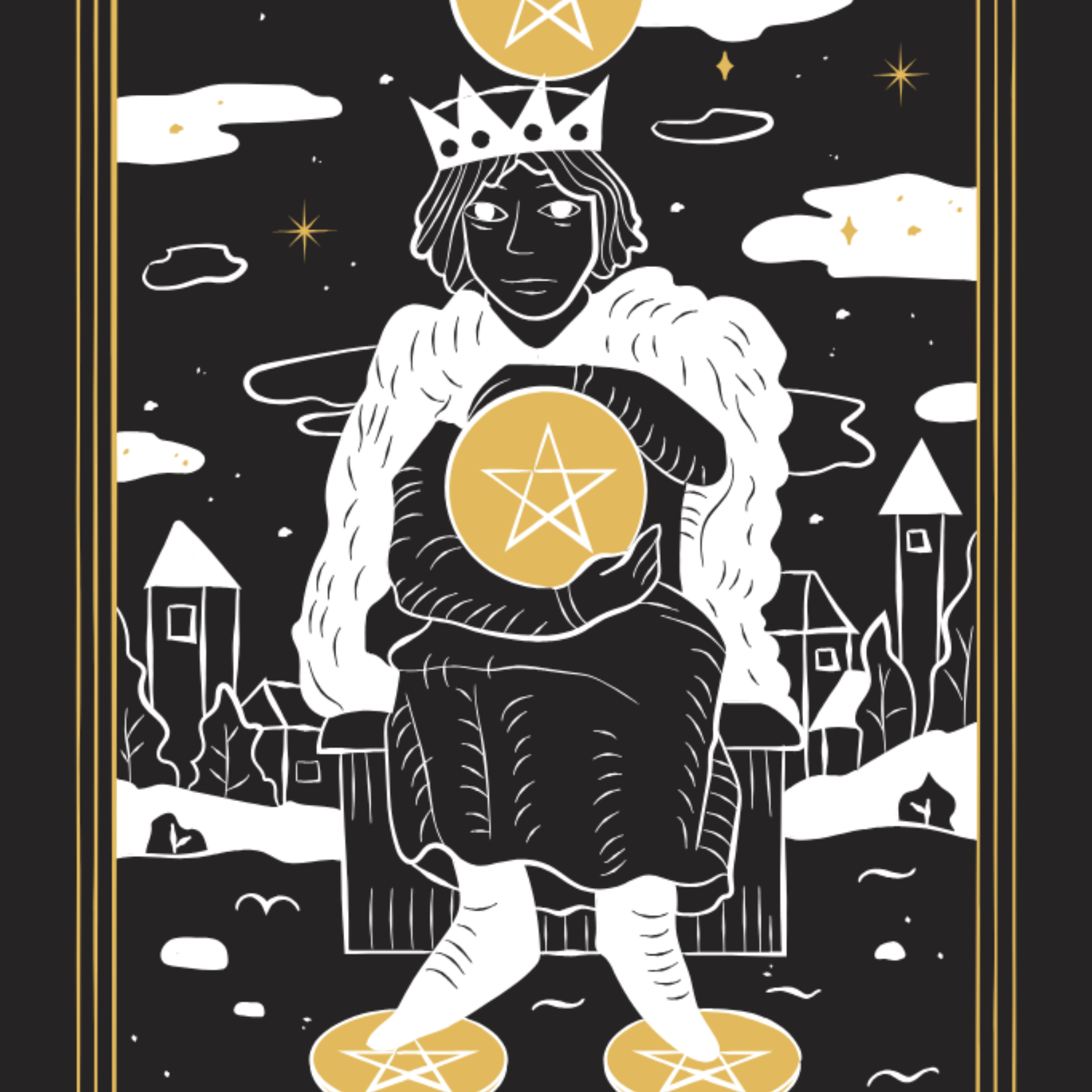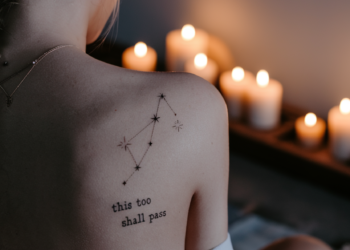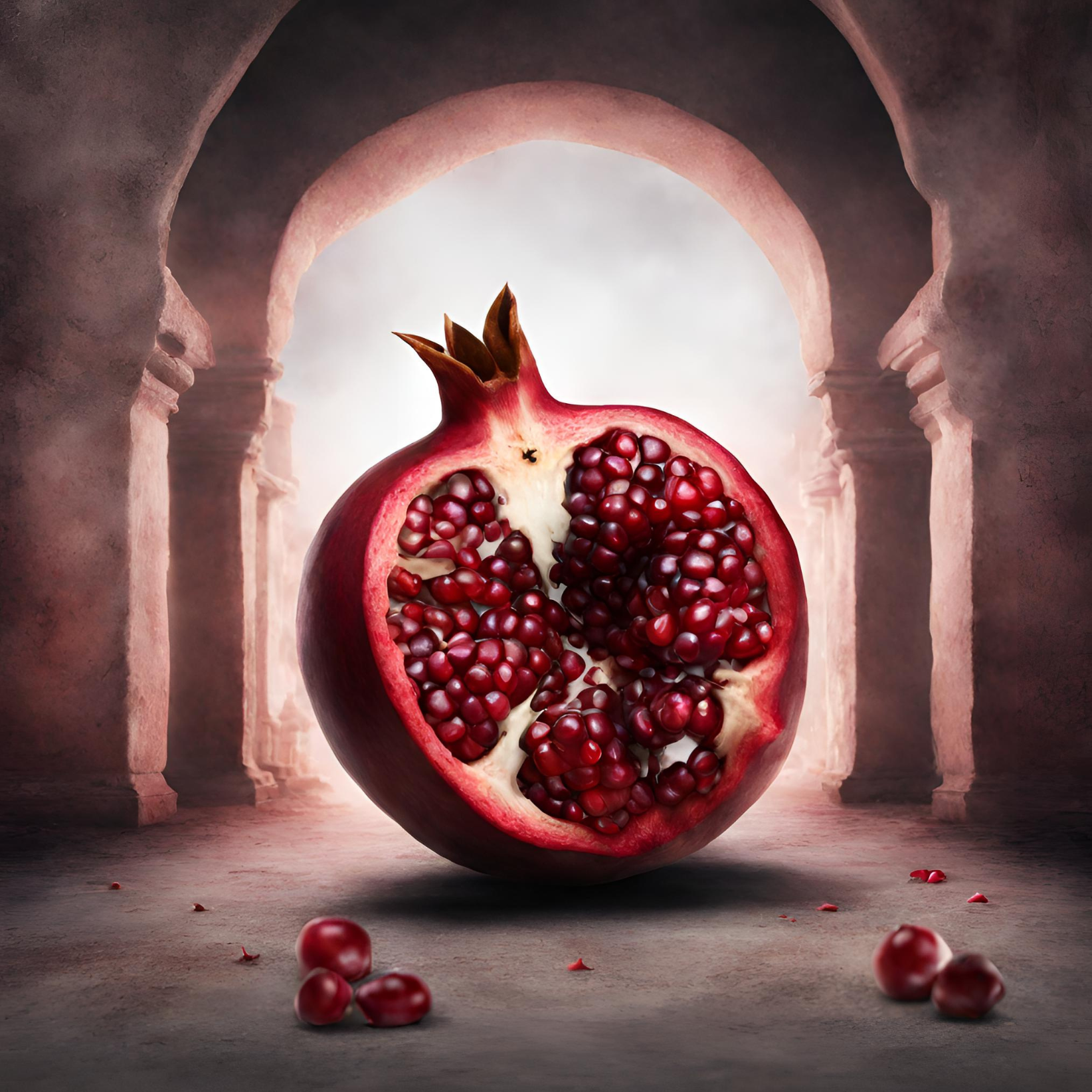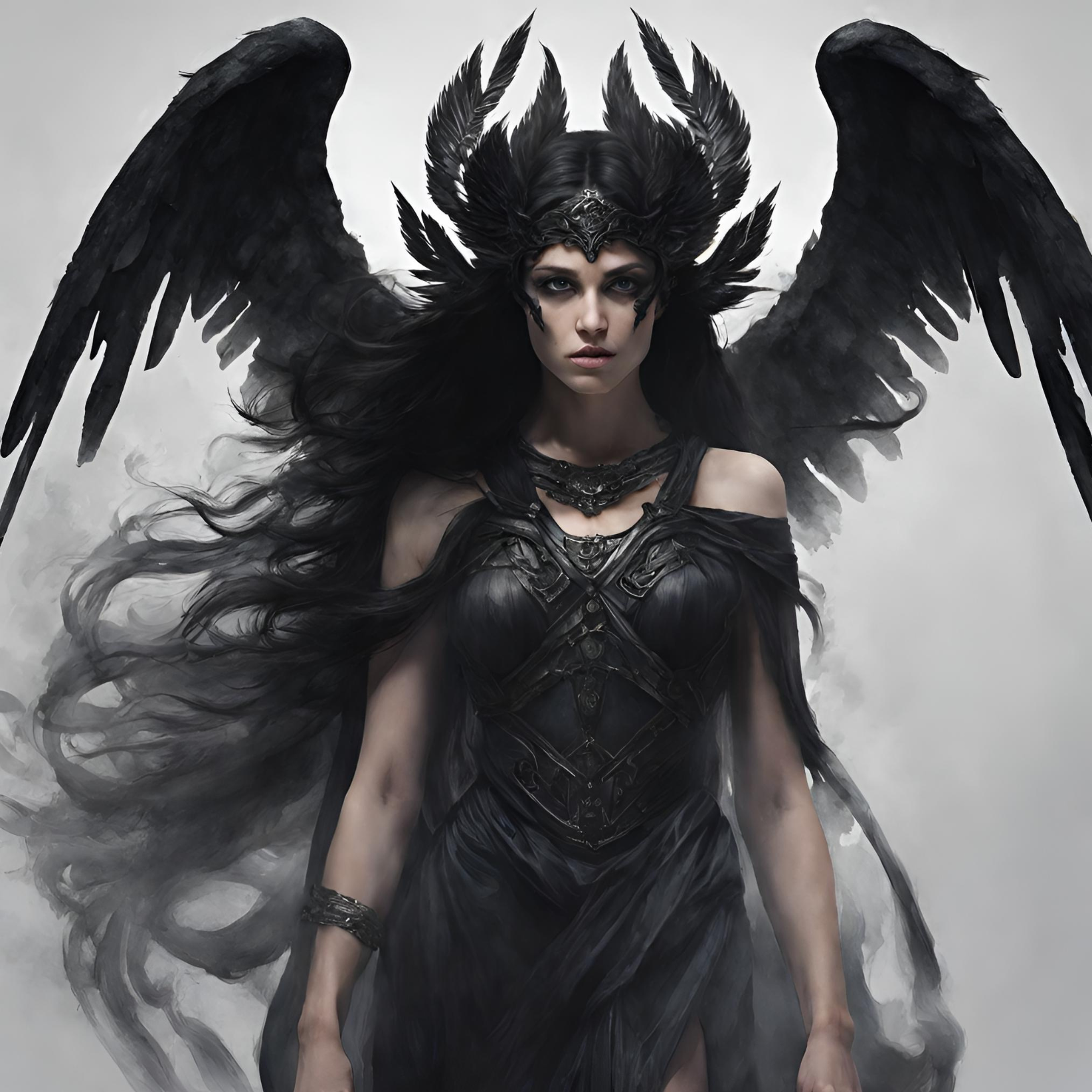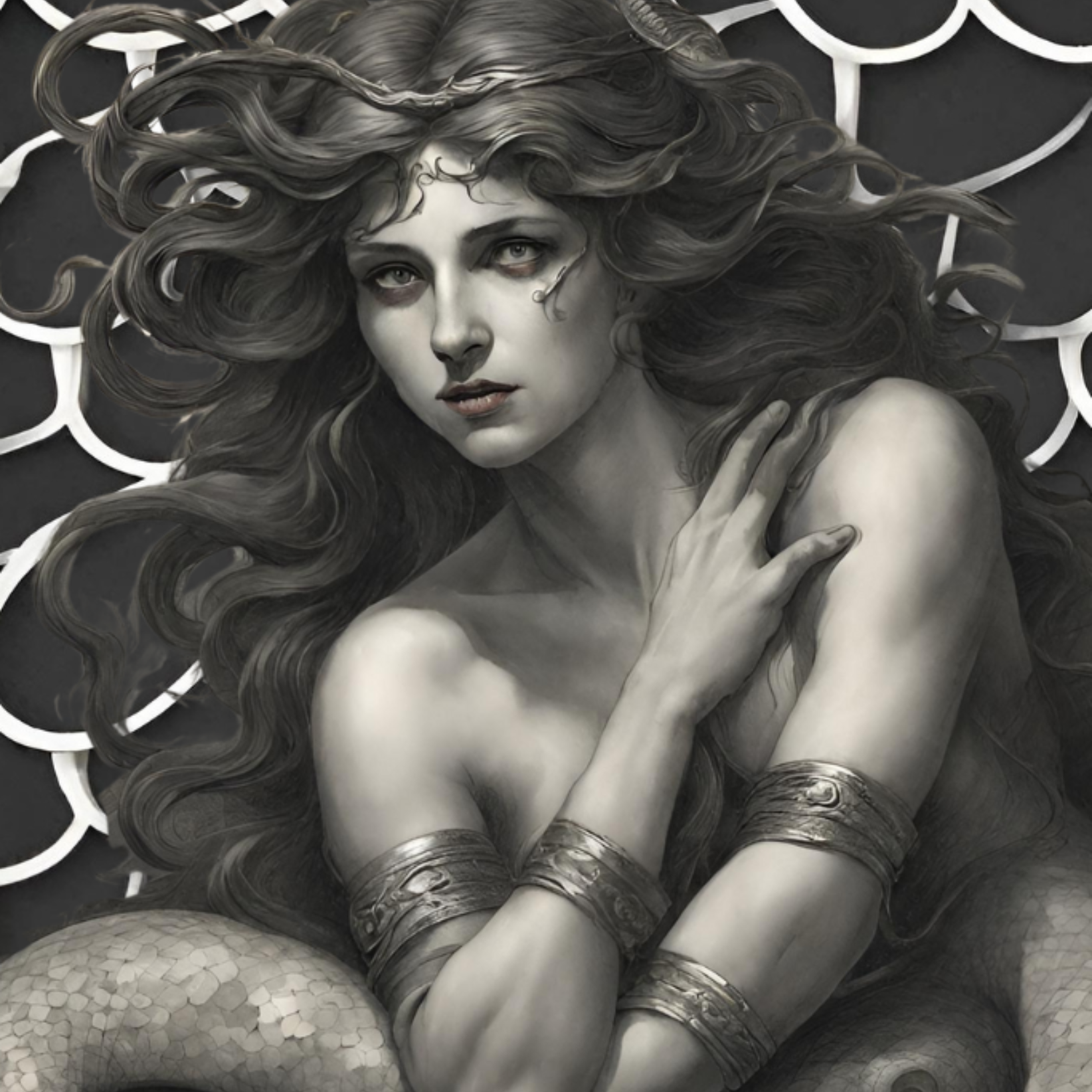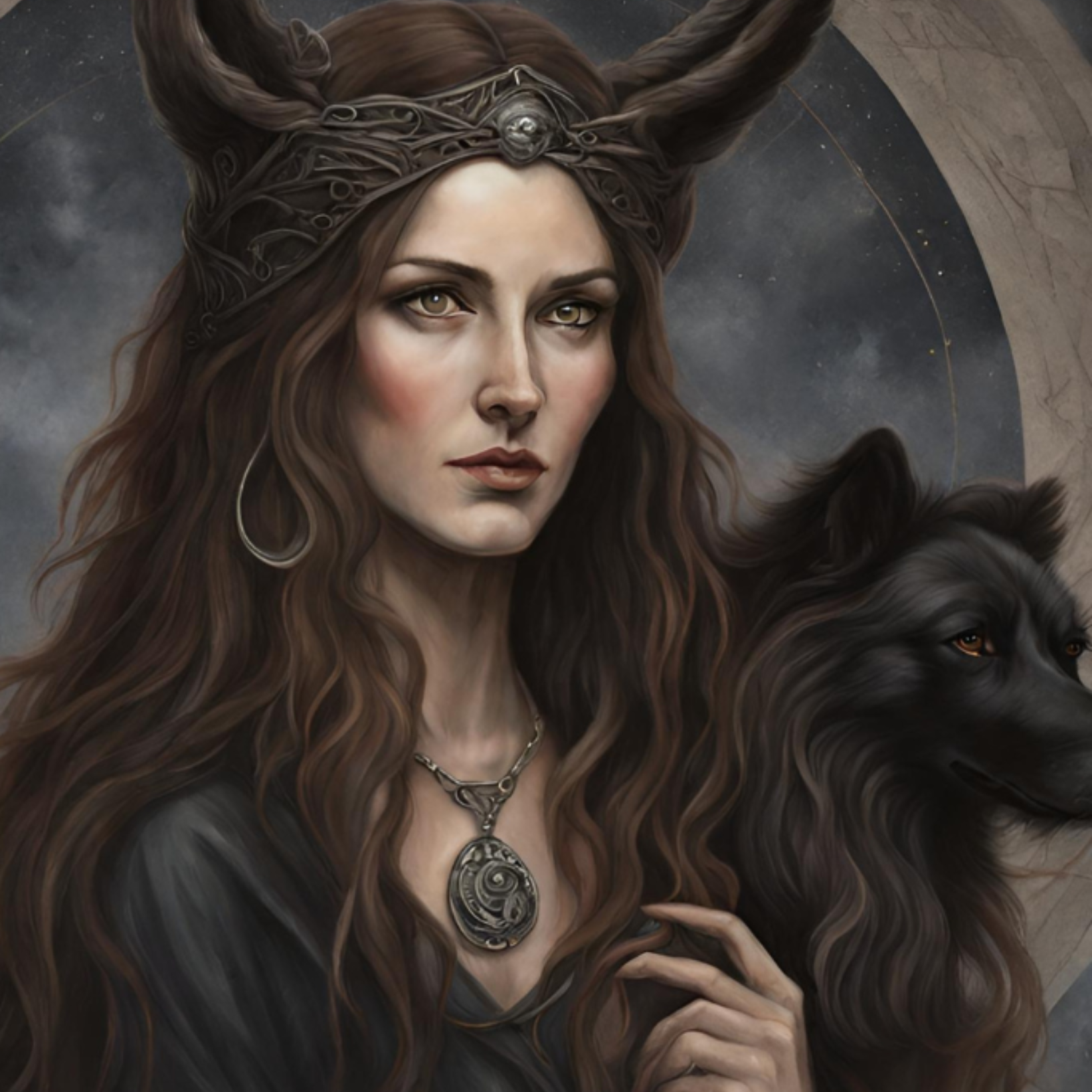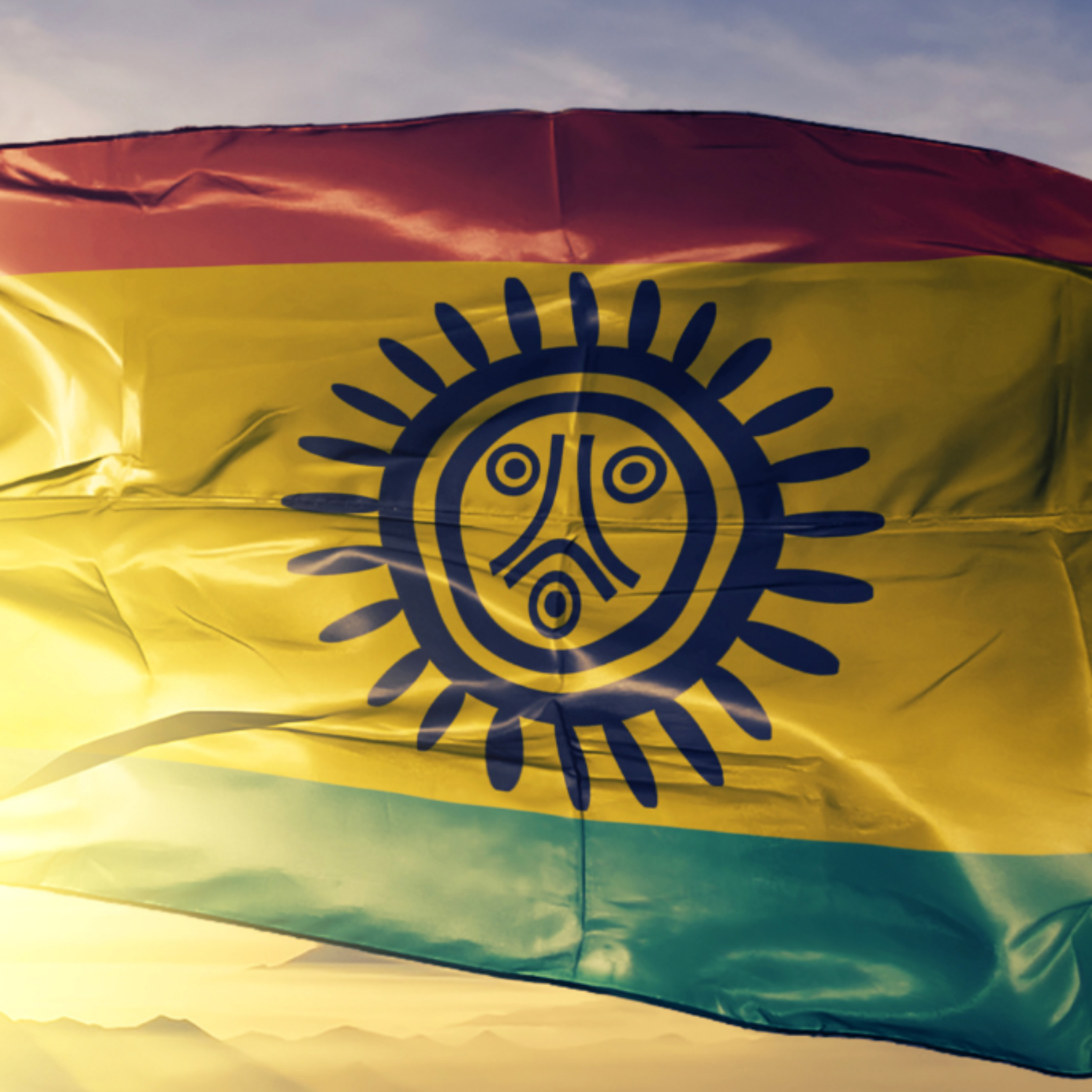Tarot cards have exploded in mainstream popularity recently. People enjoy using card spreads to gain insight into their lives and futures.
In this article, we’ll dive into the background of tarot while focusing on the Four of Pentacles.
Join us as we explore the history, meaning, and role of tarot cards!
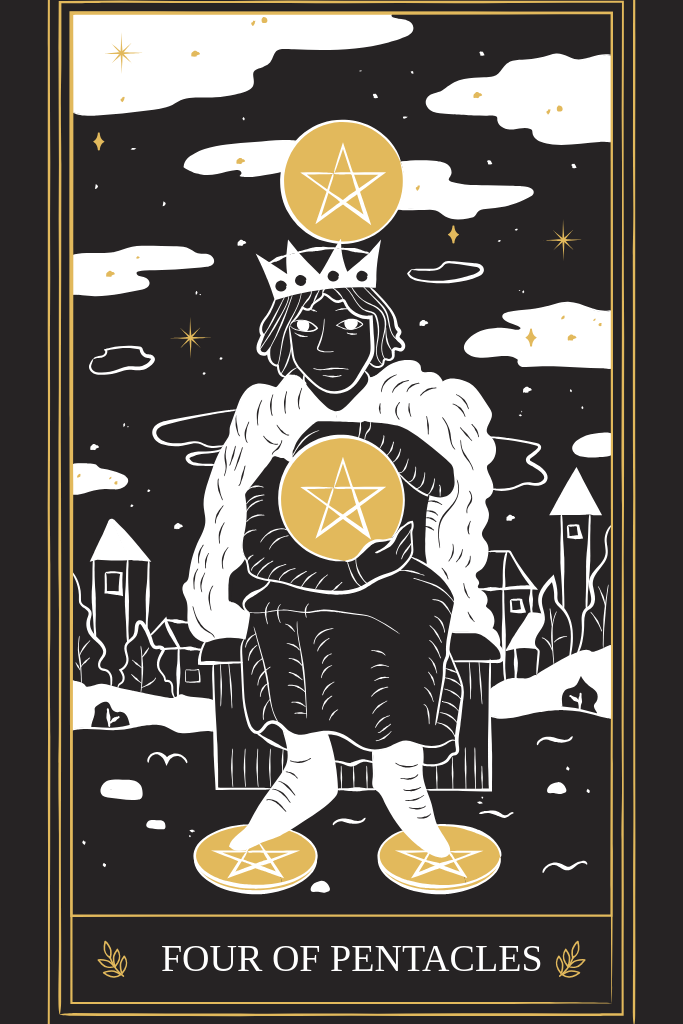
The Growing Popularity of Tarot Readings
Tarot readings have taken off over the last few years. Social media influencers and celebrities have shared parts of their readings that have lit of fire in their followers’ bellies.
Beautiful tarot card designs attract fans to start collecting and displaying them. Apps make it easy to get digital readings on demand without visiting occult shops.
People enjoy using cards as tools for self-reflection during uncertain times. Tarot provides comfort through claimed mystical qualities and cool artwork.
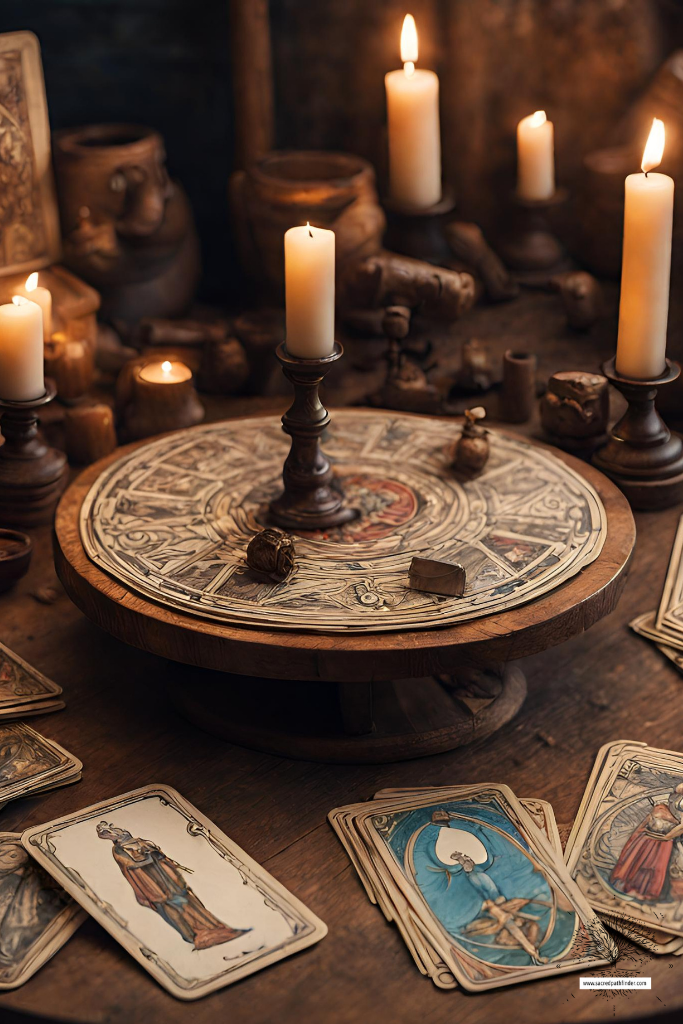
A Look into the History of Tarot Cards
The exact origins of tarot cards are shrouded in mystery. Most experts trace early decks to 15th-century Europe for playing card games.
Their evolution into 22 Major Arcana cards with deep meaning unfolded over centuries. Beliefs hold that their symbols encode hidden ancient wisdom from Egyptian and Hermetic traditions.
Early mystical thinkers tied the cards to astrology, kabbalah, and other disciplines. While tarot origins and histories intertwine myths with facts, the stories grant cards an aura of esoteric allure.
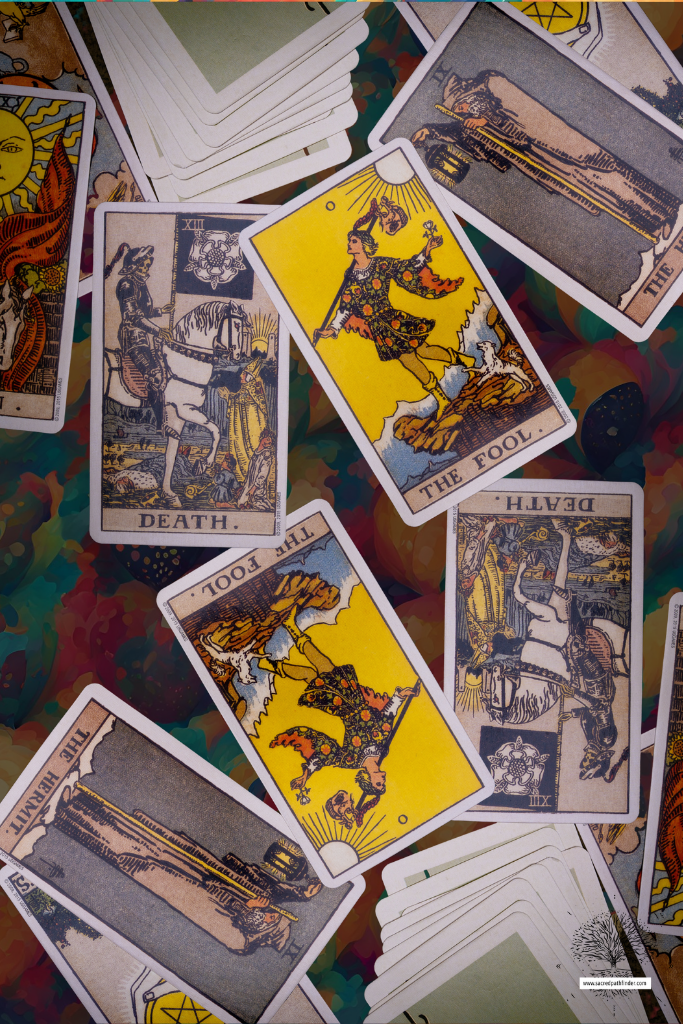
Modern Tarot Decks
As an Amazon Associate, I earn from qualifying purchases. When you click on links to various merchants on this site and make a purchase, this can result in this site earning a commission.
Today, hundreds of beautiful tarot decks cater to all tastes. People collect decks that resonate with their personalities.
Modern card artists illustrate lavish and popular designs.
Readers use decks featuring goddesses, witches, fairies, cat imagery, or steampunk visuals reflecting reader interests.
Contemporary decks boost tarot’s mainstream appeal through magnificent and meaningful works of art.
Decoding the Four of Pentacles
The Four of Pentacles shows a man seated in a rigid pose clutching a pentacle (gold coin) in each hand while two pentacles balance under his feet. His concentration focuses only on his money, overlooking a choppy sea behind him.
This miserly character reveals unhealthy attachments, especially to material possessions. His greed and stubbornness prevent sharing resources or accepting different viewpoints.
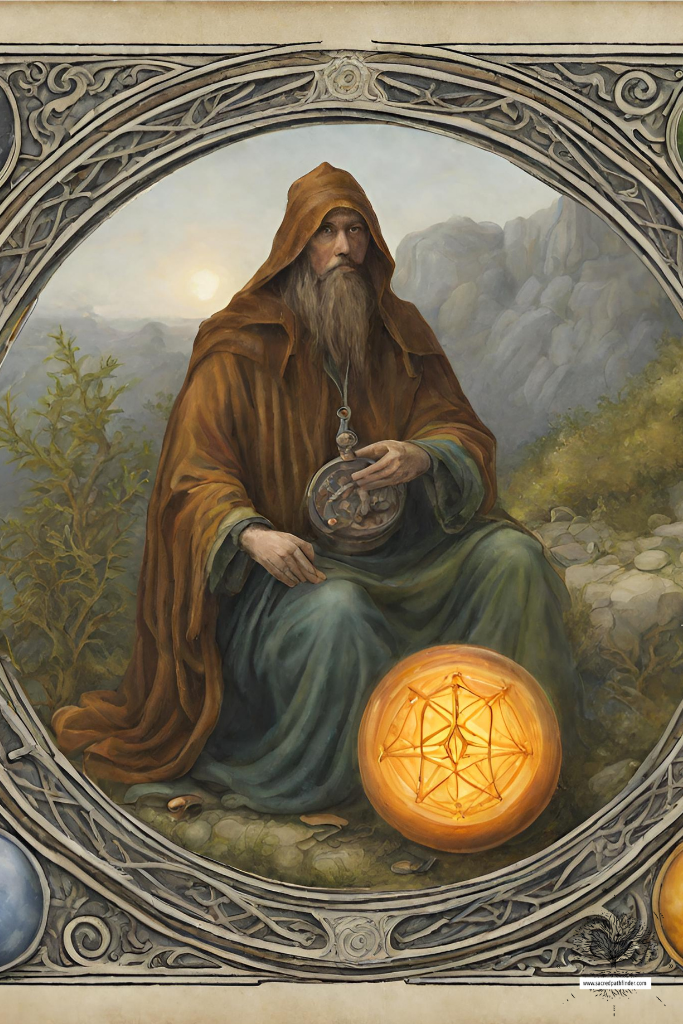
When the Four of Pentacles emerges in a tarot card spread, it often signals a message about financial stability, wealth, security, and self-protection.
This card shows a person clinging tightly to resources – represented by the three emblematic pentacle coins – rather than sharing with others.
In readings, the Four of Pentacles can indicate a preoccupation with money and material stability or trying to over-control a savings plan or budget. It cautions about the dangers of miserliness, risk avoidance, or excessive self-reliance without allowing input or assistance from people who care about you.

Drawing the Four of Pentacles may suggest a problem with scarcity mindset rather than abundance or that stubborn attachments to “what is mine” could isolate you from relationships and opportunities.
Its appearance serves as a nudge to balance caution and preparation for the future with judicious generosity and openness to ideas beyond your own. Learning to both nurture yourself and contribute to your community leads to true prosperity.
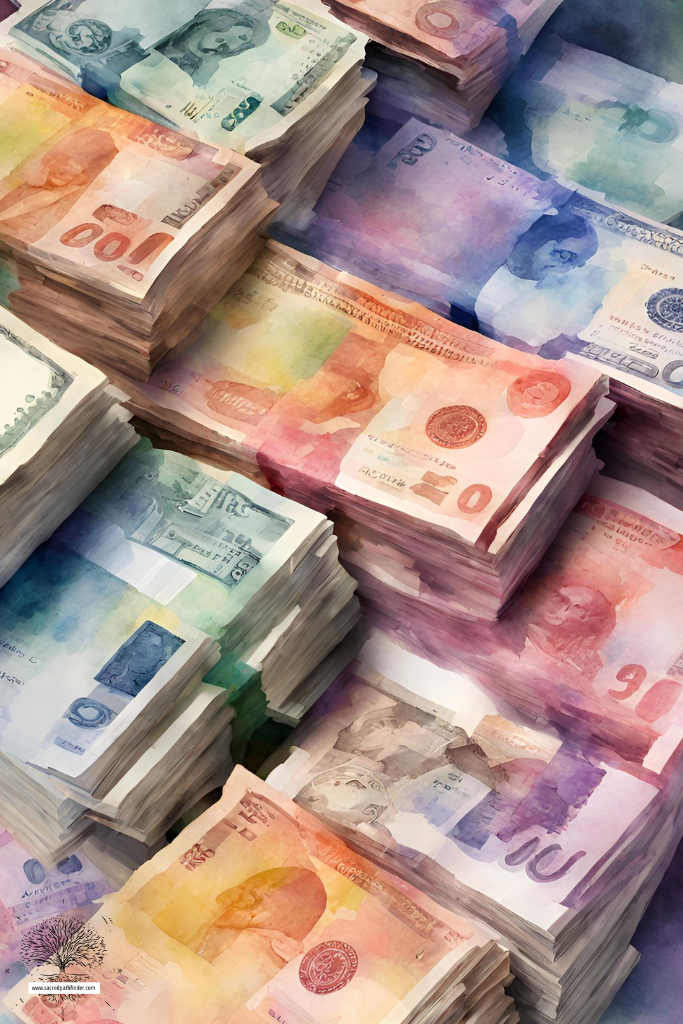
Drawing the Four of Pentacles in reverse indicates different money or resource-related issues compared to the normal upright position. When it shows up inverted, the Four of Pentacles can signal problems stemming from reckless spending rather than strict penny-pinching.
There may be problems managing money wisely or overspending salaries as quickly as they are earned. The card advises reining in and budgeting overblown expenditures to achieve greater control and sense of security.

Additionally, in relationships, the Four of Pentacles reversed position can represent withholding intimacy, companionship or support from loved ones out of stubbornness or spite. The uptight control of the upright stance becomes toxic when inverted.
Blocking healthy interdependence erodes bonds over time if underlying issues go unaddressed. Drawing this reversal serves as a notice to reflect on whether obsessiveness about protecting resources prevents mutually beneficial connections.
Relaxing fixation on personal stability alone opens possibilities for creating shared prosperity through improved communication and cooperation.
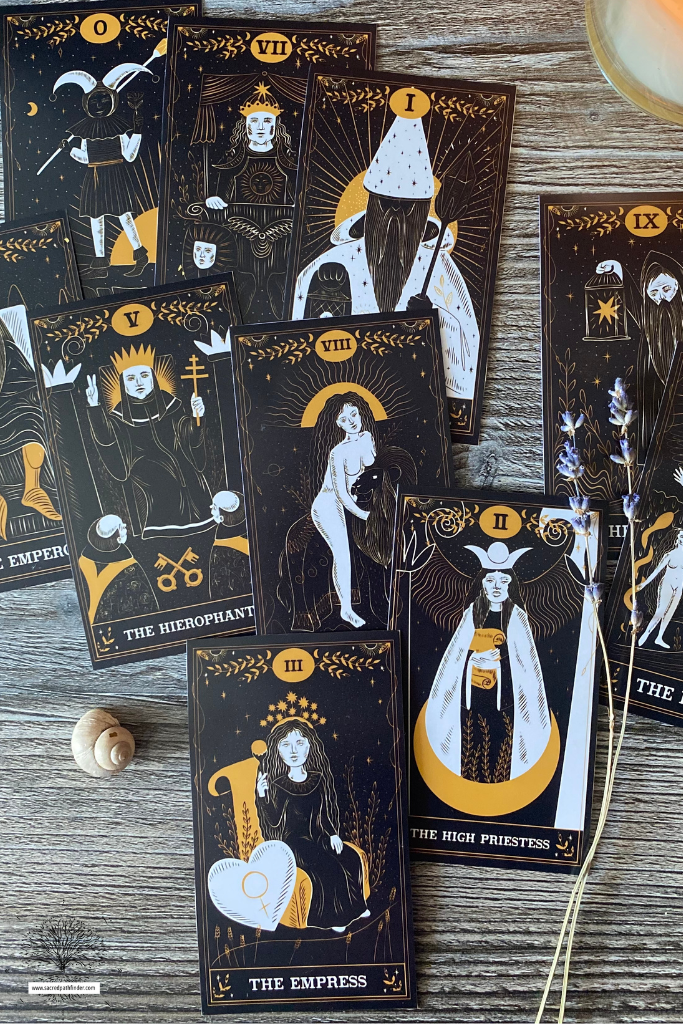
Is Pulling the Four of Pentacles ”Good” or “Bad”?
In general, the Four of Pentacles is seen as mainly a “blocking” card that indicates over-attachment to money and possessions or suggests stinginess with resources and affection. So when it appears in certain card positions or combinations with other cards, the Four of Pentacles tends to have a more negative interpretation.
For example, pulling the Four of Pentacles for a reading about open communication could signal that obsessiveness about financial security will restrict meaningful conversations.
However, the card can have some positive meaning too regarding self-protection, preparedness, and responsible money management. Its themes touch on creating safety and stability, which aren’t inherently bad things in moderation.
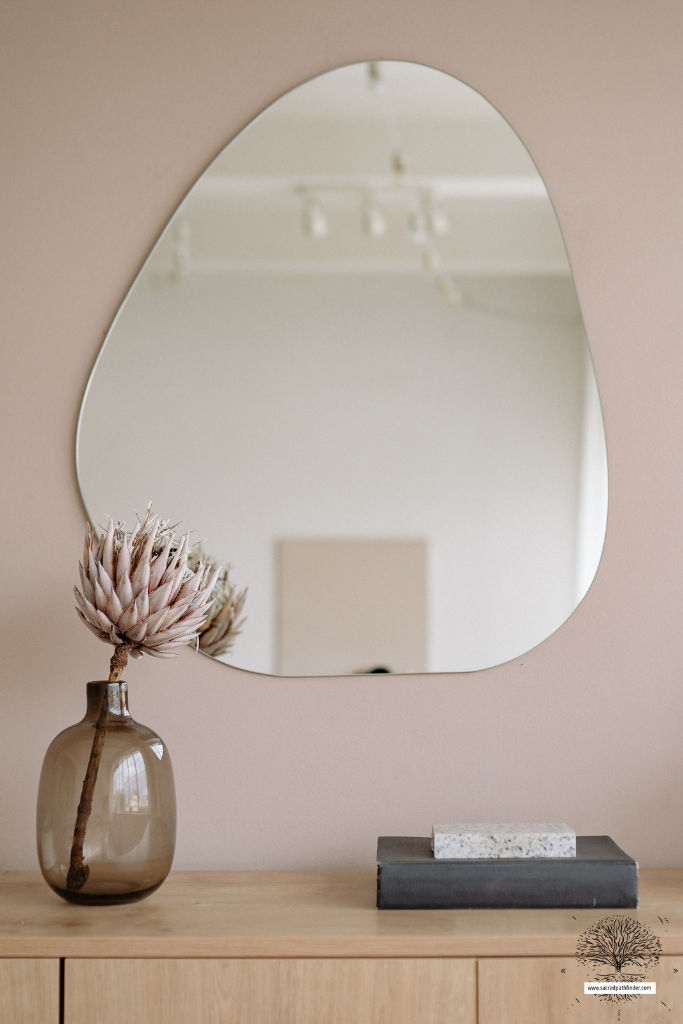
So in spreads focused on saving towards goals or reducing overspending, the Four of Pentacles becomes a constructive indicator to keep building reserves. Even in emotional readings, it can nudge someone clinging to old hurts out of their shell towards overdue healing through a balanced sense of guardedness.
This card presents an opportunity to assess your relationship with money and possessions.
Overall the Four of Pentacles is largely seen as a card of caution rather than outright misfortune or positivity. How “good” or “bad” it seems partly relates to whether surrounding cards and the question asked imply excessively defensive attitudes.
With thoughtful work on self-reflection and openness balanced with practicality, the Four can motivate positive change. Discovering where to loosen your grip without letting go of what truly sustains you leads to security as well as greater fulfillment through relationships.
Other Notable Tarot Cards and Their Meanings
The Magician captivates with ideas of activating one’s full potential. It symbolizes manifesting goals by combining talents, resources and divine guidance.
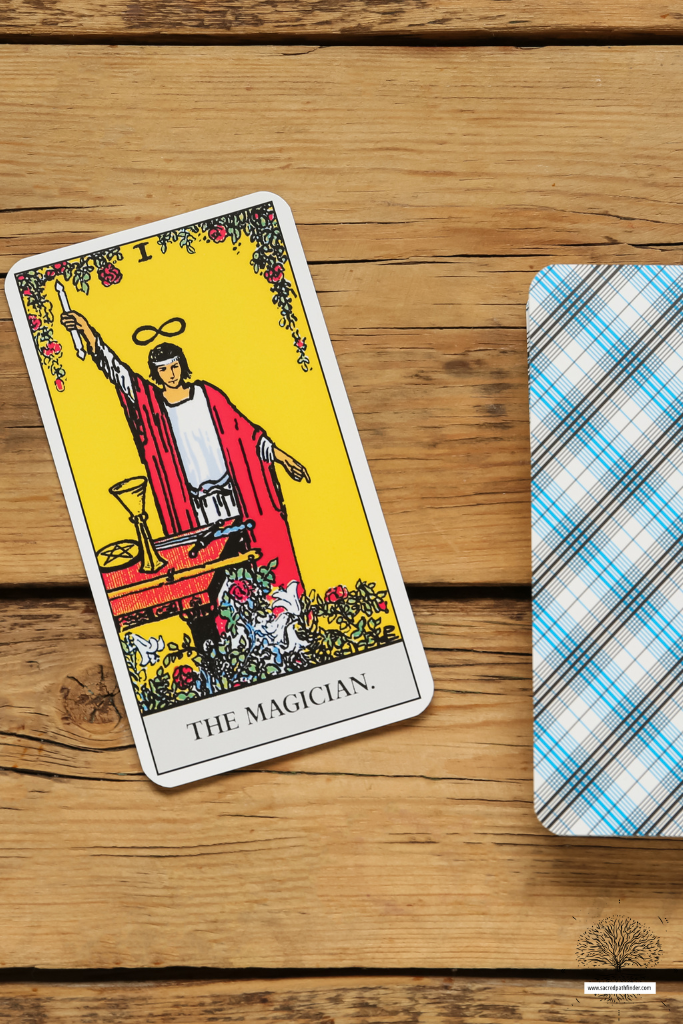
Death rarely signals physical death. Instead, it advises closing one chapter to start anew. Letting go allows fresh growth.
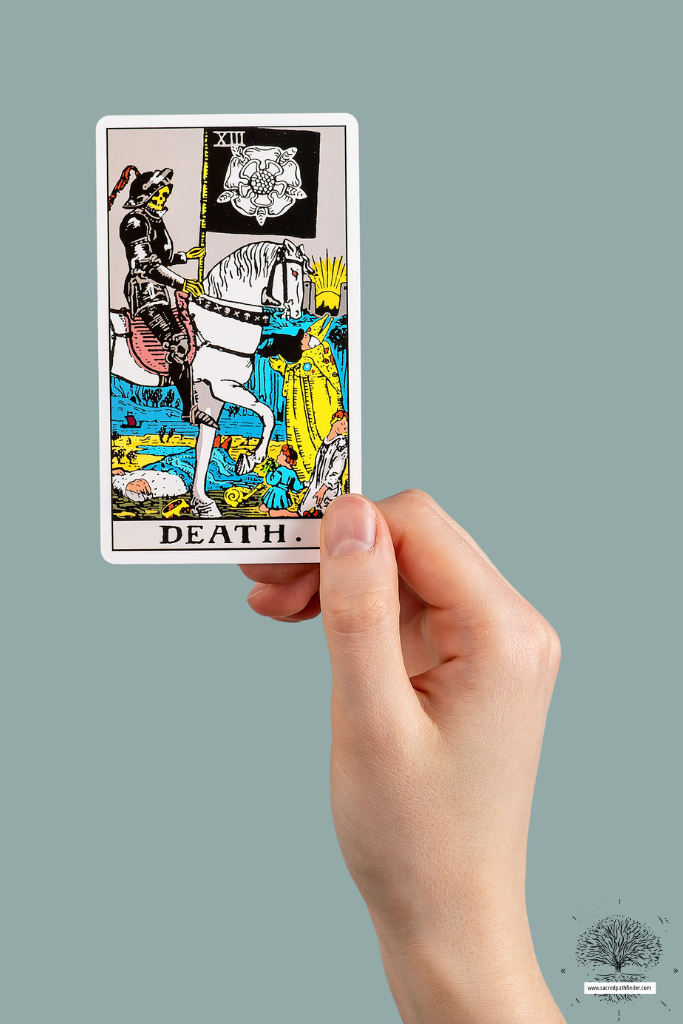
The Tower cracks false securities. Its shock value highlights lies or outdated beliefs needing release before enlightenment.
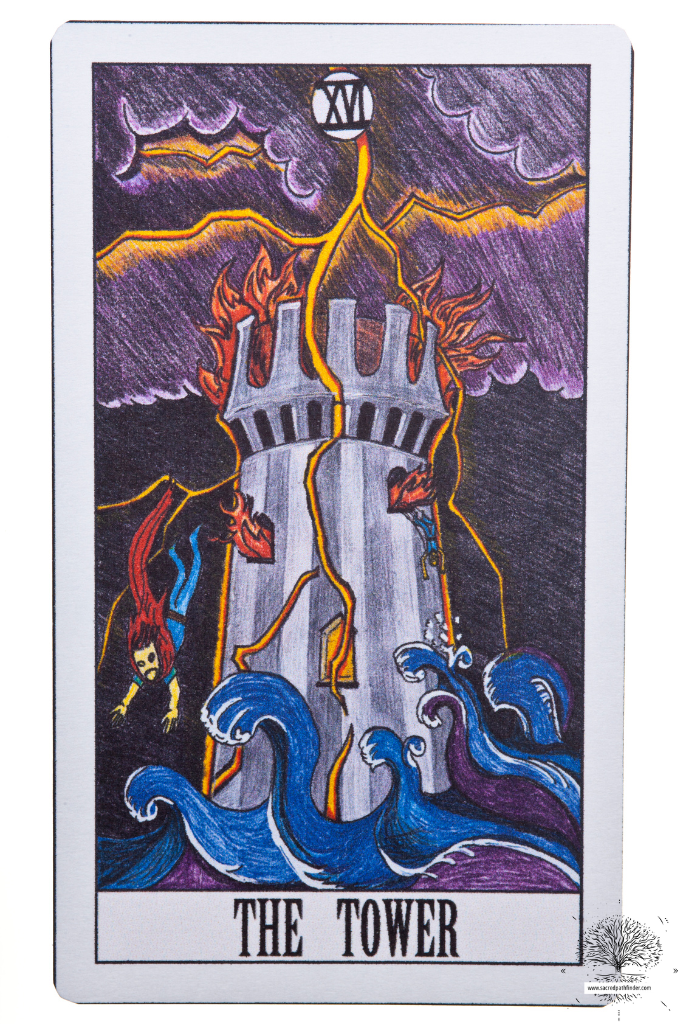
The Moon’s silver globe holds intuitive secrets requiring reflection to unveil.
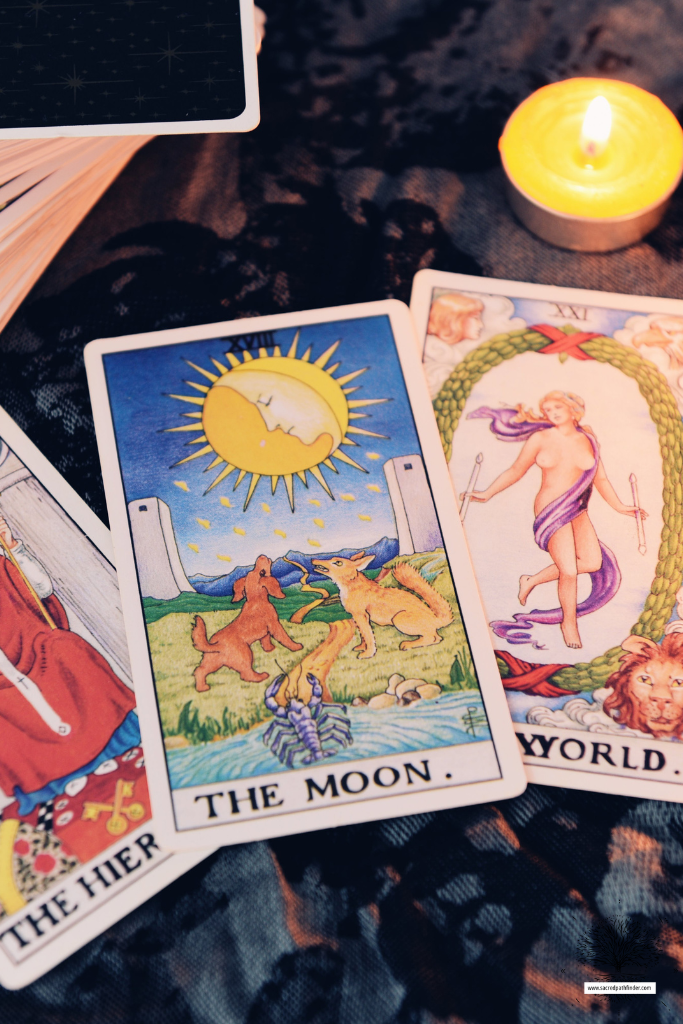
Each of tarot’s 78 storytelling images guide those fluent in the cards’ symbolic language of self-discovery.
Incorporating the Tarot Deck into Your Daily Life
It’s easy to make tarot part of regular routines.
- Keep your deck displayed to admire the artwork and become familiar with the images.
- Pull a “card of the day” every morning to inspire intentions.
- Draw a new card each week to reflect upon as a theme.
- Formulate questions around career, finances, relationships and growth to guide cards in providing meaningful advice related to circumstances.
- Consult cards at the start of new endeavors or during transitions for support in taking constructive actions towards goals.
Tarot Cards in Ceremonies
Incorporate tarot cards into rituals and ceremonial gatherings for mystical moods.
- Scatter cards upon altars to amplify magical correspondences.
- Add decorative touches with tarot-themed offerings like candles, jewelry or spiritual tools.
- Draw featured cards to focus collective energy around shared intents.
- Designate certain cards as symbols bolstering the ritual’s purpose.
- Appoint participants to pull cards for reading interpretations weaving deeper personal meaning into proceedings.
Tarot lends atmospheric elements to transform ordinary meetings into otherworldly occasions.
Conclusion
Let us know in the comments which tarot card you want us to explain in our next post!
Make sure to subscribe below for future articles on mystical symbols and rituals. Thanks for reading!

